The round brilliant diamond cut as we know it has developed over centuries, shaped by advances in tools, aesthetic preferences, and changing light sources. Two of the most important historic brilliant-style cuts—the Old Mine Cut and the Old European Cut—mark key stages in this evolution.
The Evolution Toward Brilliance
In antiquity, all diamonds were set as found, to preserve their magical properties. Diamond cutting technology only emerged in the 15th century, a rudimentary polishing wheel using diamond dust and olive oil. Early diamonds were cut to preserve weight rather than maximize light return. The point cut and table cut, first developed in the 15th–16th centuries offered minimal faceting, while the rose cut, developed in the 16th century and used through the 18th, featured a flat base and a domed top of triangular (and sometimes rhombic) facets, producing a subdued sparkle under candlelight.
By the early 18th century, cutters introduced deeper proportions and additional facets, creating the first true brilliant-style cuts. Among these was the Old Mine Cut, which dominated Georgian and Victorian jewelry.
Old Mine Cut: Characteristics and Context
Period: c. 1700s–late 1800s
Outline: Squarish or cushion-shaped with rounded corners
Table: Small
Crown: High, often with steep angles
Girdle: Irregular, as stones were rounded by hand
Culet: Large, open
Facet Pattern: 58 facets (including culet), arranged in an early brilliant style with chunky, uneven proportions
Appearance: Broad flashes of light, soft brilliance suited to candlelight
Old Mine Cuts were fashioned entirely by hand, typically on a treadle-operated wheel, without the standardized angles possible today. This resulted in noticeable asymmetry and variations between stones, making each diamond unique. Today, this variability gives them a old-world charm that is difficult to replicate, even with modern reproductions of similarly styled cuts.
The chunkier facets were designed to sparkle in candlelight, making large, rainbow-coloured flashes their signature. The Kozibe effect, where facets reflect the large, open culet, is a unique feature of Old Mine Cut that some collectors look for.
Old European Cut: A Transition to Precision
Period: c. 1870s–1930s
Outline: Round, or nearly round
Table: Larger than Old Mine Cuts, but smaller than modern brilliants
Crown: High
Culet: Medium to small (but still open)
Facet Pattern: 58 facets, with more regular proportions than Old Mine Cuts
Appearance: Increased symmetry and light return compared to earlier cuts, optimized for gas and electric lighting
The introduction of mechanized bruting (establishing the girdle outline) in the late 19th century allowed cutters to create rounder outlines and improve uniformity. These cuts represent a transition between antique hand-cut stones and the modern round brilliant, which was standardized in the 1919 Tolkowsky formula—the blueprint to the round brilliant diamonds we see today.
Their relatively modern outline and smaller culet, combined with their individual, hand-cut charm, make the Old European Cut a balanced choice for collectors.
Collectibility
Both cuts are highly sought after by collectors for their historical value and individuality. Old Mine Cuts offer visibly hand-fashioned character, while Old European Cuts provide early evidence of standardized cutting methods. Both preserve the design aesthetics and technological context of their periods. Compared to the perfect brilliance of a modern round diamond, these cuts offer a timeless, dreamy alternative to wearing diamonds.
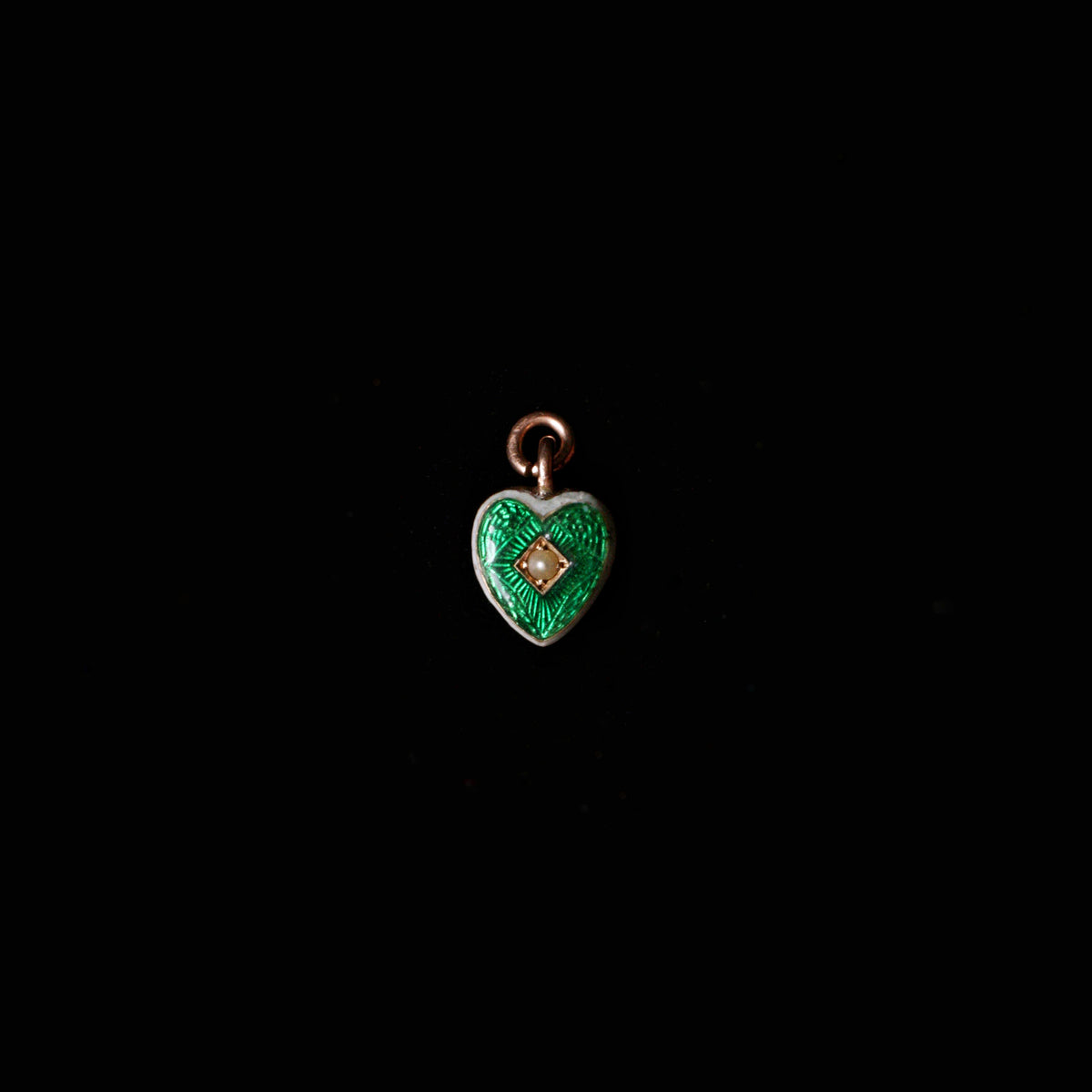
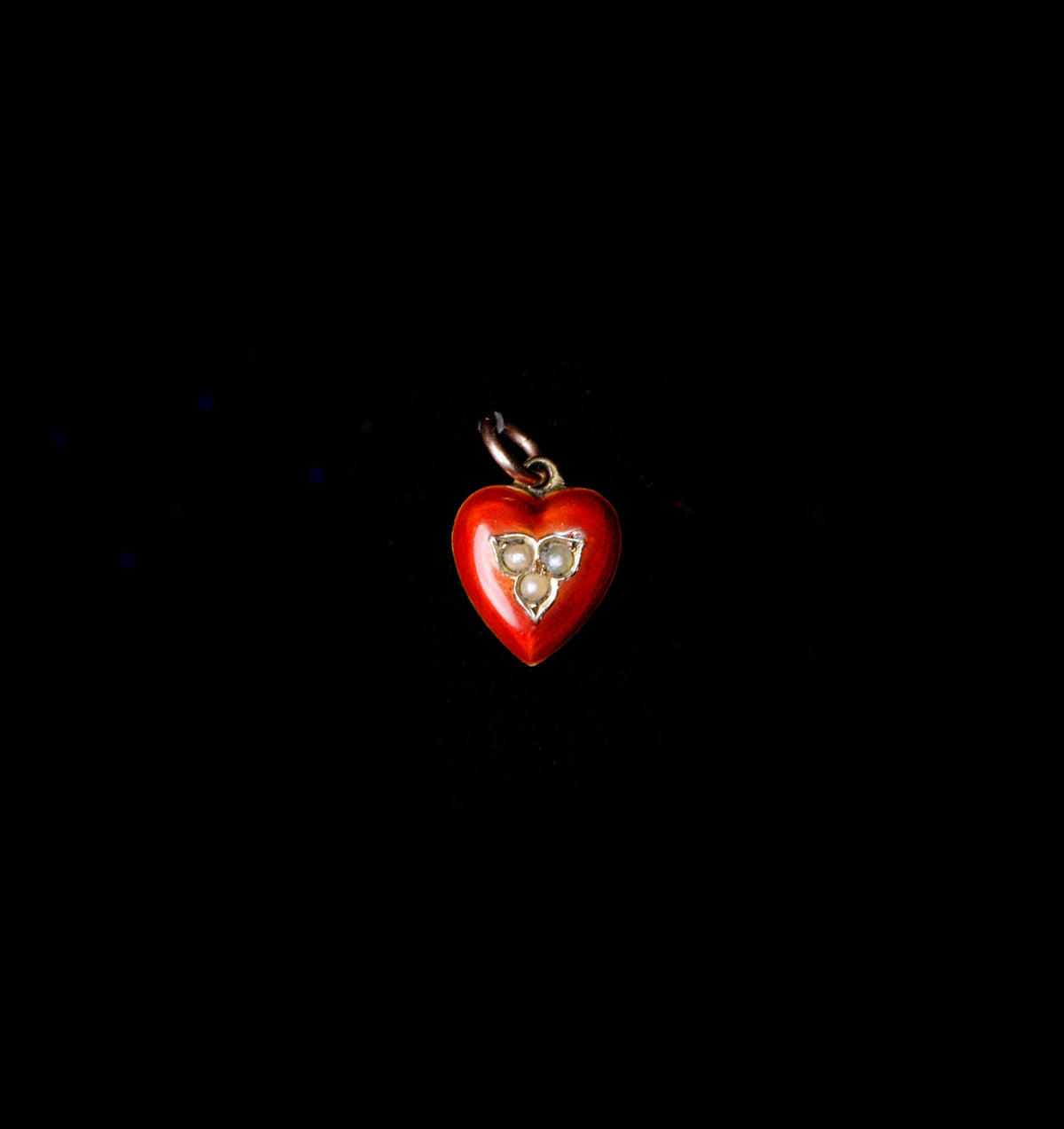
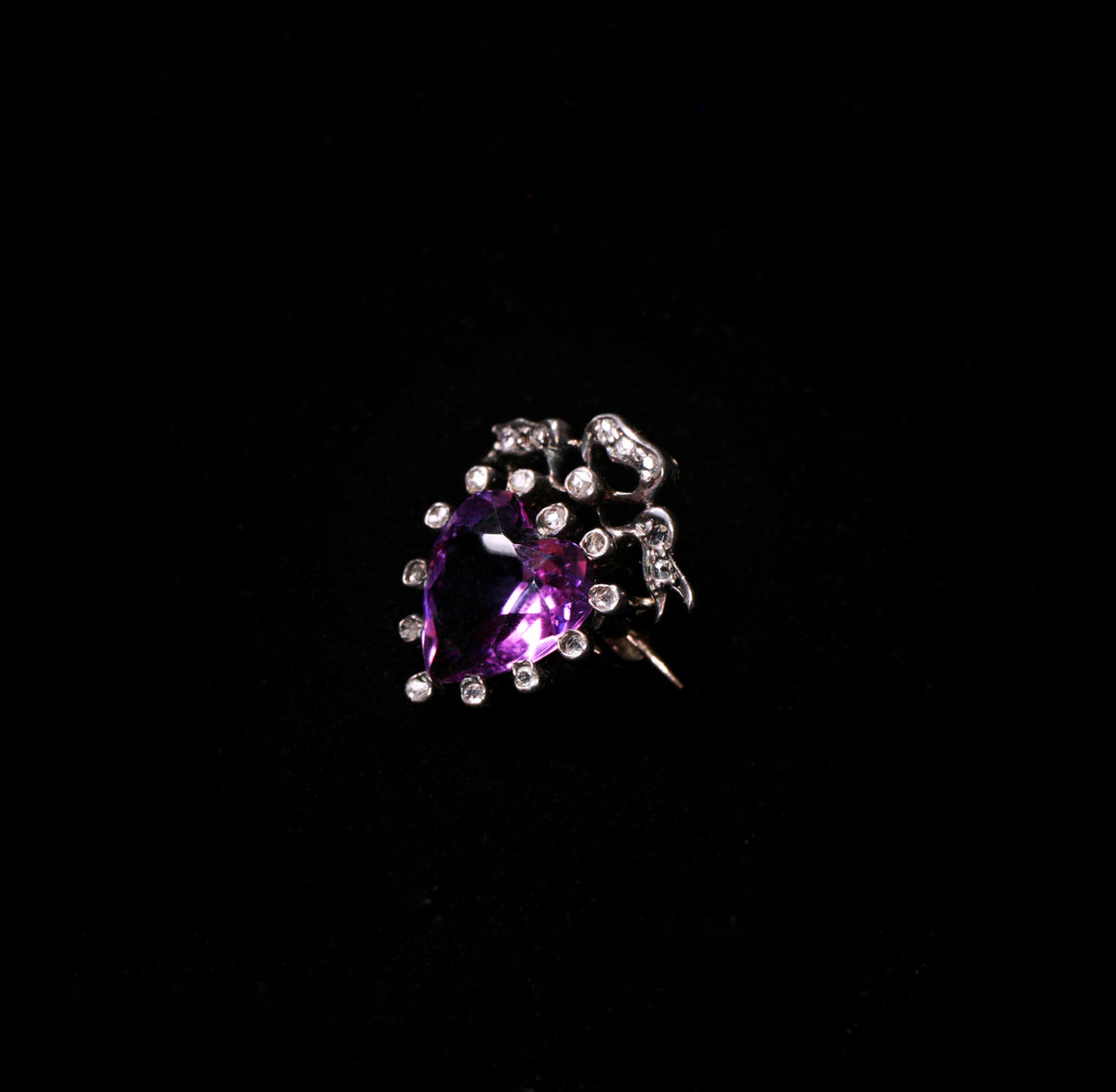
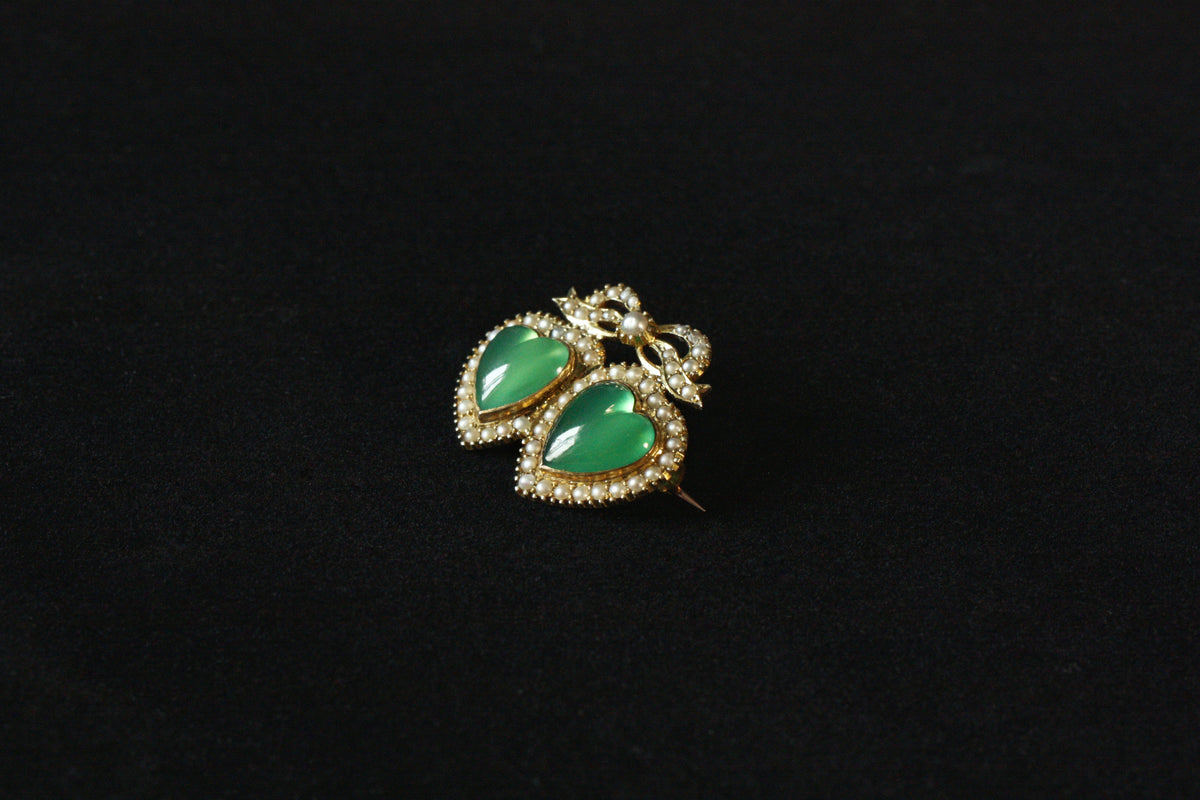

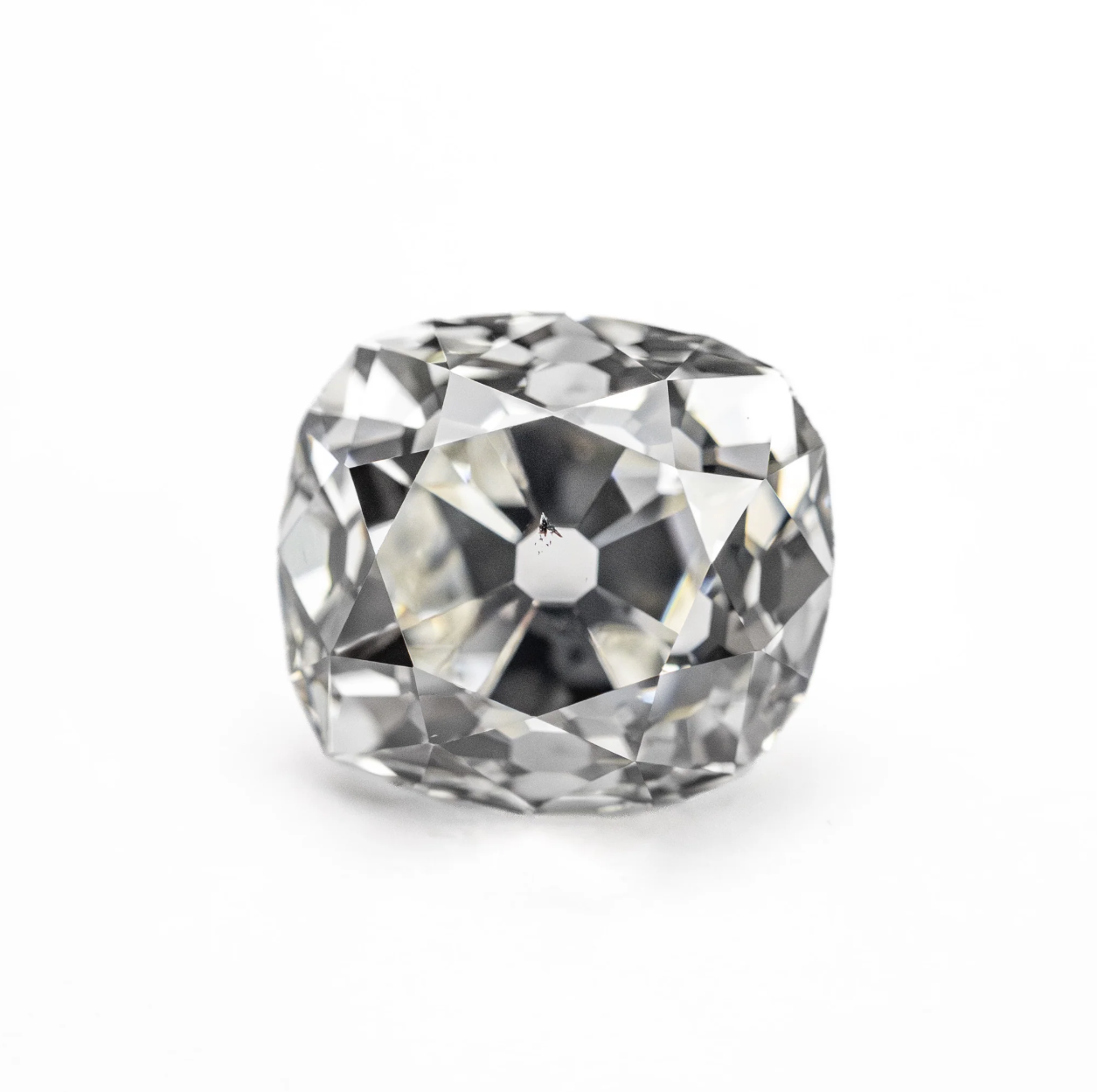
1 comment
So happy for Taytay!!!!